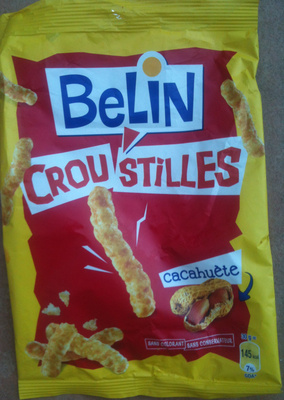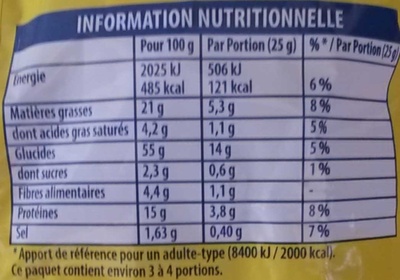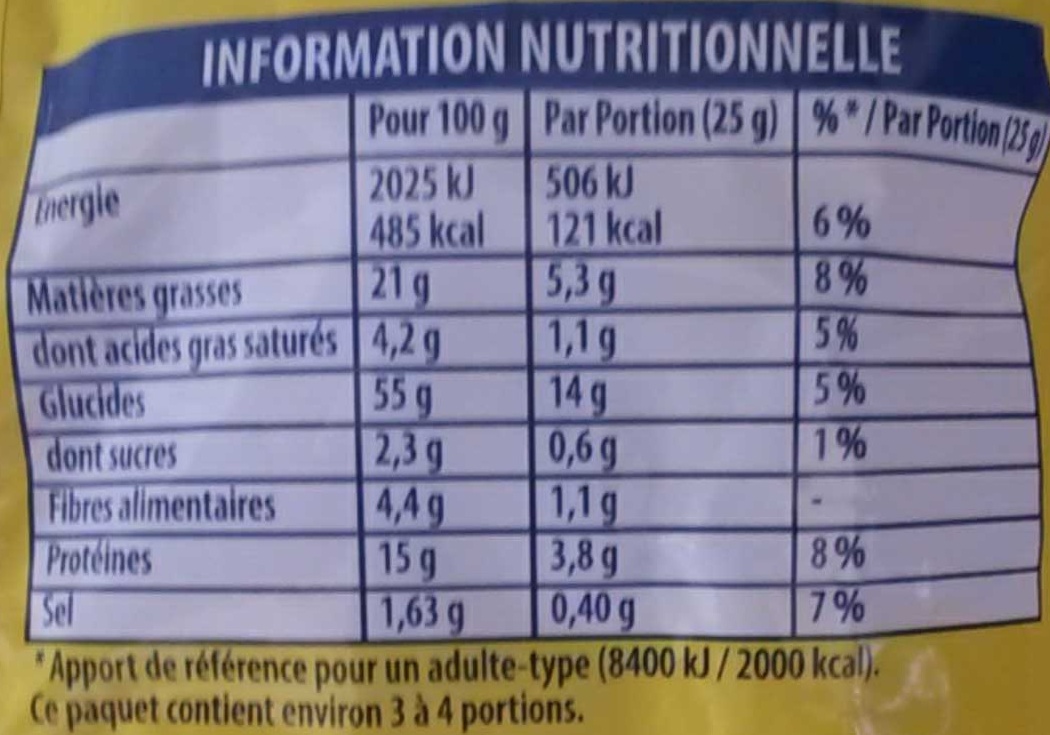Croustilles - Cacahuète - Belin - 90 g
This product page is not complete. You can help to complete it by editing it and adding more data from the photos we have, or by taking more photos using the app for Android or iPhone/iPad. Thank you!
×
Barcode: 3017760381697 (EAN / EAN-13)
Common name: Spécialité à base de maïs
Quantity: 90 g
Brands: Belin, Kraft Foods
Categories: Snacks, Salty snacks, Appetizers, Crackers, Puffed salty snacks
Labels, certifications, awards: No preservatives, No colorings
Countries where sold: France
Matching with your preferences
Environment
Carbon footprint
Packaging
Transportation
Threatened species
Report a problem
Data sources
Product added on by shaolan
Last edit of product page on by roboto-app.
Product page also edited by aristoi, ludo1, openfoodfacts-contributors, packbot, pateuch53, quechoisir, stephane, tacite.
If the data is incomplete or incorrect, you can complete or correct it by editing this page.











